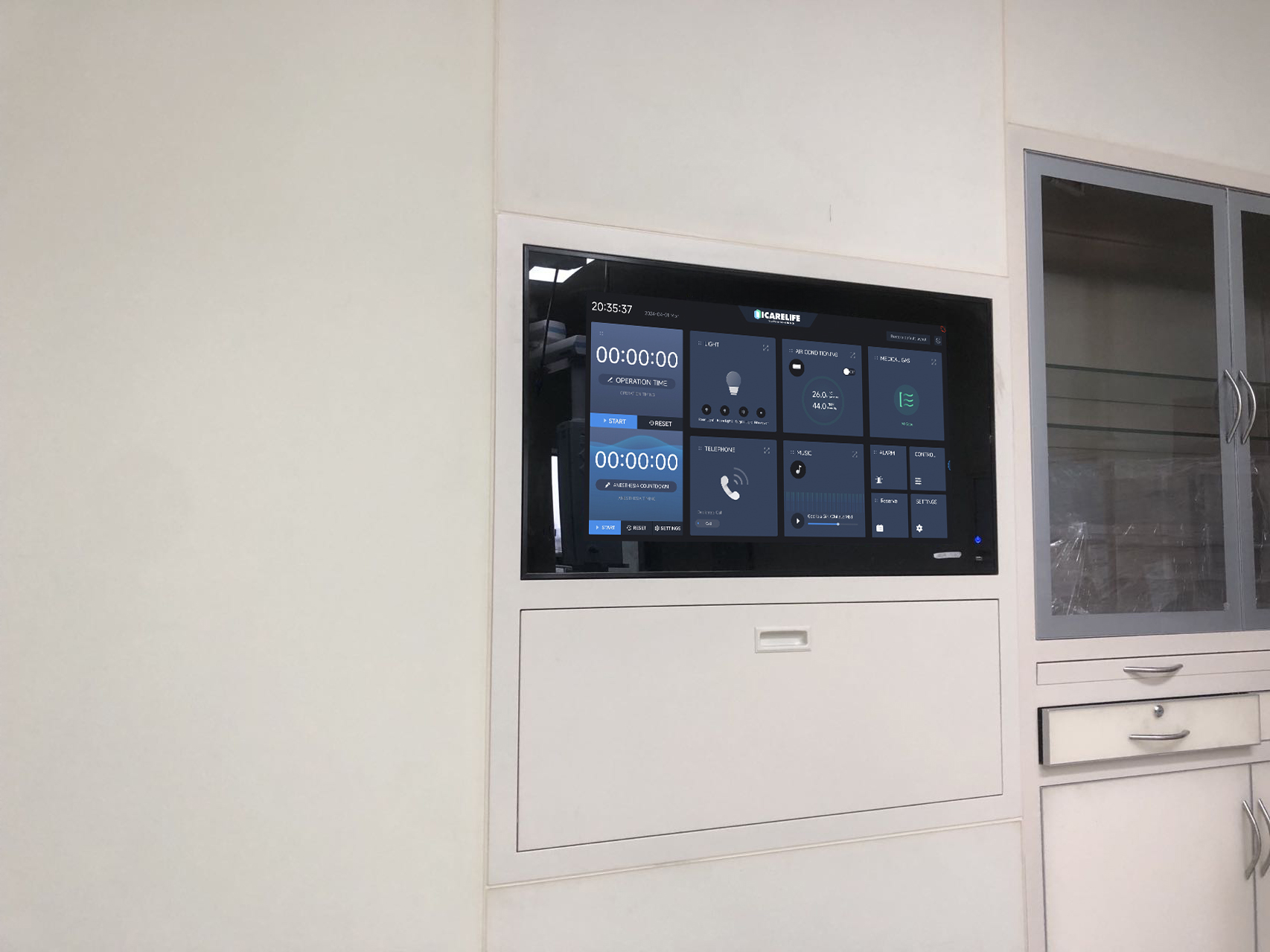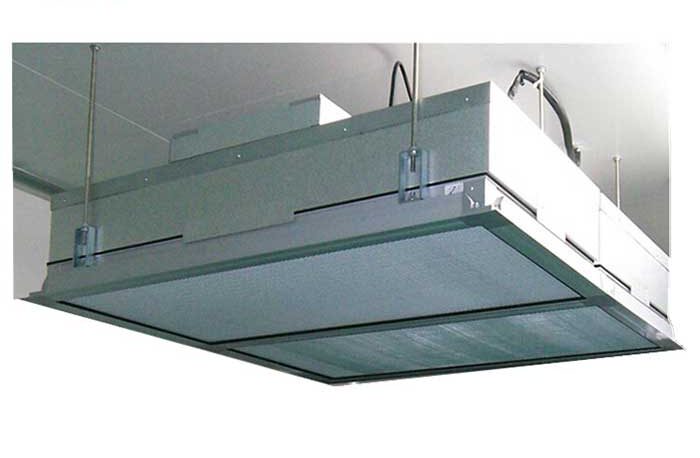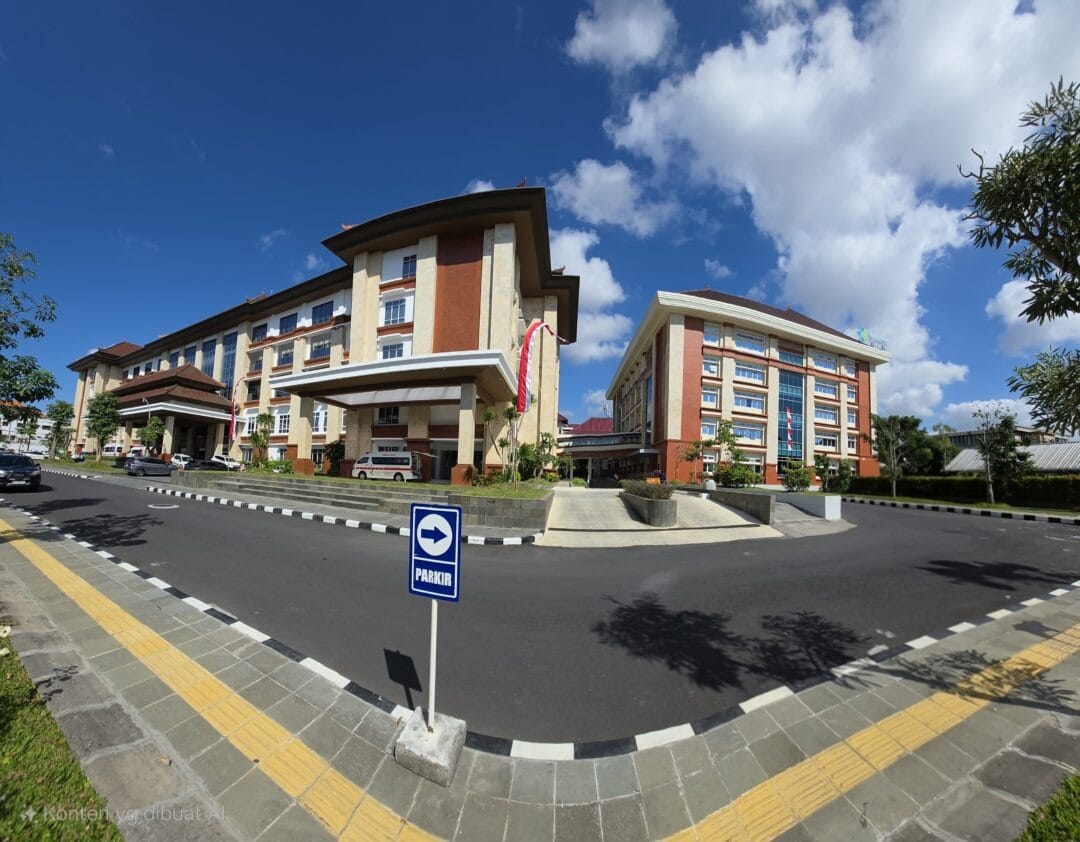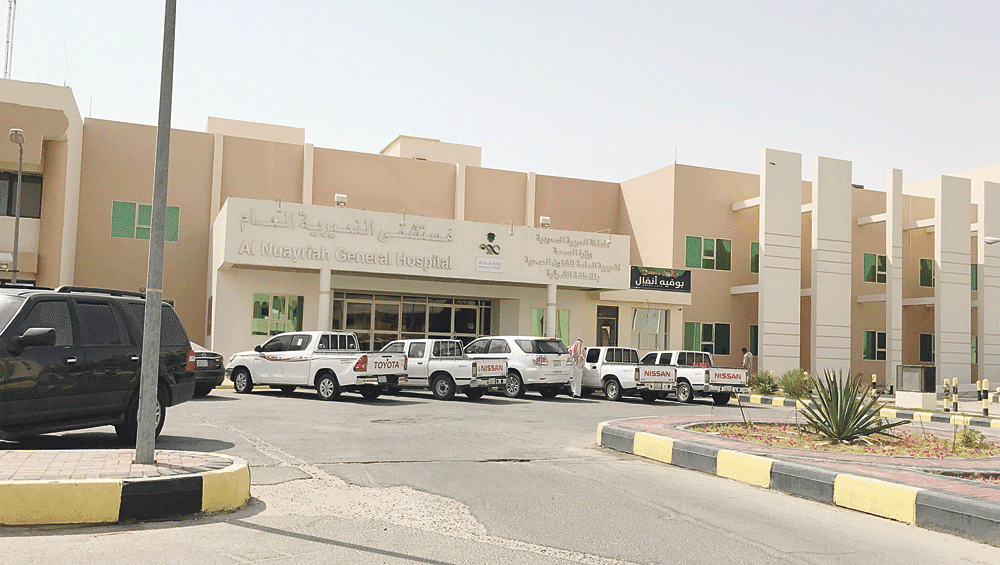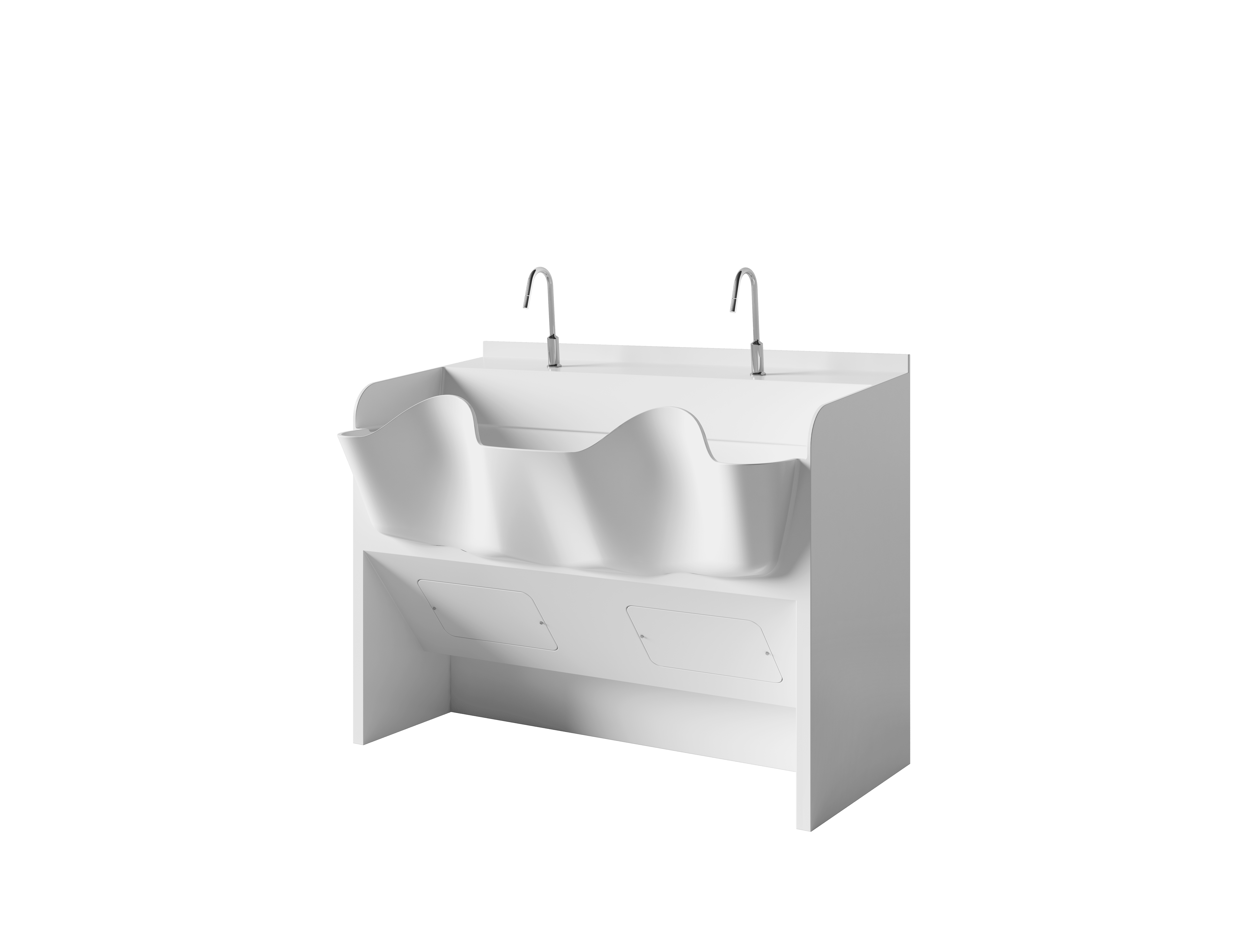Complete Guide to Operating Room Control Panels: Smarter, Safer, Cleaner Surgical Spaces
Introduction
Modern operating rooms demand more than sterile surfaces and advanced instruments. They require centralized intelligence — a system that simplifies complexity, enhances safety, and improves surgical efficiency. That’s where the Operating Room Control Panel (ORCP) comes in.
As modular operating theaters (MOTs) become the global standard, the OR control panel has evolved from a simple interface into a mission-critical solution for environmental, electrical, and safety control. If you’re a contractor, consultant, or cleanroom integrator, understanding what makes a control panel great is no longer optional — it’s essential.
What Is an Operating Room Control Panel?
An Operating Room Control Panel is a digital interface (usually wall-mounted and touchscreen-based) that allows staff to monitor and control critical room parameters in real time.
Typical control functions include:
- Lighting (ambient, surgical, dimming zones)
- Room temperature and humidity
- Laminar airflow status and air exchange rates
- Positive/negative pressure and differential alarms
- Medical gas systems (O2, N2O, VAC, AIR5, etc.)
- Door interlocks and access control
- Integrated surgical clocks (real time, anesthesia, elapsed time)
These panels bring together functionality that would otherwise be scattered across different systems — into a single, intuitive, and sterile interface.
Why It Matters for Modular Operating Theaters
✅ Simplified Operation
One interface for everything — lights, HVAC, gases, doors. Reduces staff training time and human error.
✅ Improved Infection Control
Modern panels use anti-bacterial glass, IP-rated enclosures, and flush mount installation, which minimizes contamination risk and surface buildup.
✅ Efficiency & Workflow
No need to leave the sterile zone to adjust settings or respond to alarms. Everything is touch-operated and glove-compatible.
✅ Regulatory Compliance
Complies with IEC/EN standards, medical gas safety regulations, and cleanroom design best practices.
✅ Seamless Integration
Plugs into HVAC/BMS systems via Modbus or BACnet. Some advanced panels even offer remote diagnostics or data logging.
Choosing the Right Control Panel: 7 Key Factors
- Modular Architecture – Matches wall panel systems and is easy to maintain or upgrade.
- Touchscreen Interface – Capacitive touch, high-brightness, glove-friendly.
- Multi-System Integration – HVAC, gas alarms, clocks, lighting, doors.
- Alarm Management – Clear icons, color-coded alerts, and sound signals.
- Hygienic Design – Sealed glass front, anti-fingerprint, chemical-resistant.
- Customization Options – UI language, layout, control groups, logos.
- Standard Compliance – IEC 60601, ISO 14644-1, CE marking (where applicable).
ICARELIFE’s Smart Control Panel: Built for Cleanroom Environments
At ICARELIFE, our control panels are designed for next-generation surgical spaces, combining clean aesthetics with robust functionality.
Highlights:
- Seamless integration with HVAC, medical gas systems, and BMS
- Glove-friendly touchscreen with anti-bacterial, scratch-resistant surface
- Modular installation with quick wiring connectors
- Multilingual UI with customizable alarms and interface logic
- Optional integration with PACS/video, RFID, or remote maintenance modules
💡 Bonus: We provide full CAD support and technical integration drawings for contractors.
Membrane vs. Touchscreen: Which Is Better?
| Feature | Membrane Panel | Touchscreen Panel |
|---|---|---|
| Hygiene | Moderate (seams) | High (seamless glass) |
| User Experience | Basic buttons | Full UI with icons |
| Integration | Limited | HVAC, gases, clocks, etc. |
| Maintenance | Manual reset | Remote diagnostics ready |
| Appearance | Functional | Sleek, modern |
Mistakes to Avoid When Sourcing Control Panels
- Ignoring HVAC Compatibility – Always confirm compatibility with the room’s air system protocols.
- Choosing Non-Cleanroom Surfaces – Avoid panels with plastic overlays or visible screws.
- Underestimating Alarm Logic – Poor alarm visibility = safety hazard.
- Not Customizing Layout – One-size-fits-all doesn’t work in high-end OTs.
Frequently Asked Questions
Q: Can ICARELIFE control panels work with third-party systems?
Yes. We support standard protocols like Modbus RTU/TCP, BACnet, and can work with any BMS/HVAC vendors.
Q: Are these panels EN and ISO compliant?
Absolutely. Our solutions are engineered to meet international standards for cleanroom and medical installations.
Q: Can I get project-specific layouts or logic?
Yes — from UI layout to alarm sequencing, everything can be tailored to your project.
Conclusion
In a modern operating room, control panels are not just convenient — they’re foundational. Whether you’re managing airflow, lighting, or gas safety, an integrated, hygienic, and intelligent panel is key to surgical success.
Contractors and consultants who deliver future-ready operating spaces know this: the right panel saves time, prevents risk, and improves every procedure.
📩 Contact Us
Ready to integrate smart control into your next project?
👉 Contact ICARELIFE to request technical specs, CAD drawings, or a virtual demo.
